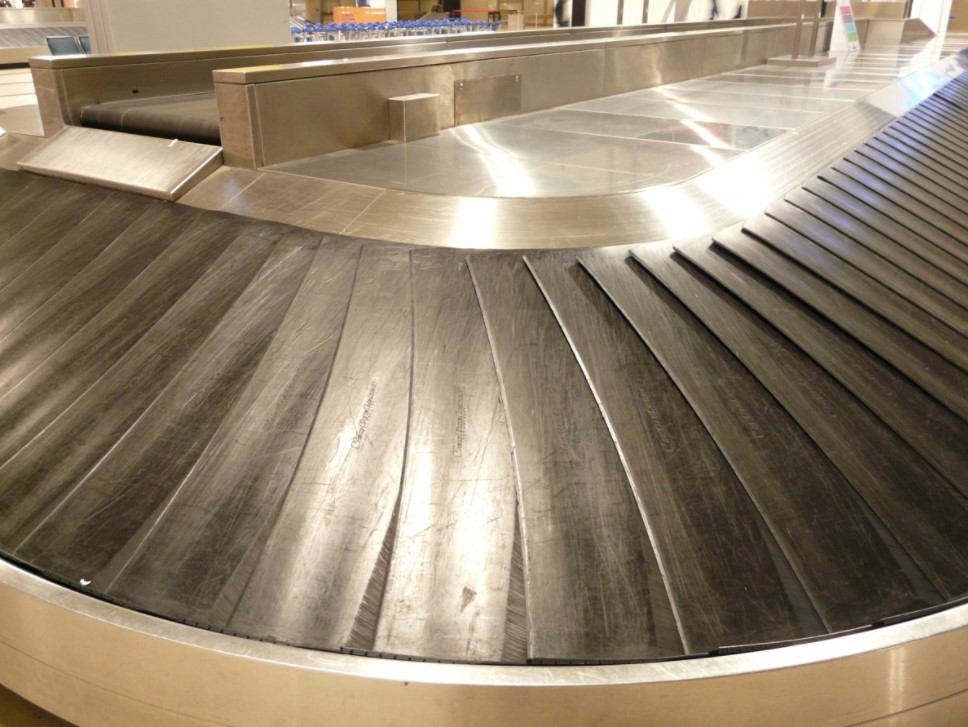Court of appeal ruling on holiday pay and employment status
Contents |
[edit] Introduction
An important Court of Appeal ruling concluded on 1 February 2022. It tackled the tricky subjects of holiday pay and employment status.
[edit] Gary Smith v Pimlico Plumbers
You may have followed the case of Gary Smith, a heating engineer at Pimlico Plumbers who claimed he was owed holiday pay after the Supreme Court ruled that he was a worker and not self-employed. On 1 February 2022 he successfully appealed against a ruling made by the Employment Appeal Tribunal that his claim was out of time. Under Tribunal rules he should have claimed for missed pay within three months of each holiday period.
The Court of Appeal overruled and found “if a worker takes unpaid leave when the employer disputes the right and refuses to pay for the leave, the worker is not exercising the right. Although domestic legislation can provide for the loss of the right at the end of each leave year, to lose it, the worker must actually have had the opportunity to exercise the right conferred by the Working Time Directive.” (This refers to the four weeks holiday entitlement only.)
During his six years with Pimlico Plumbers, he was not given the right to paid holidays because he was classified by them as self-employed. The Court of Appeal has now decided he can recover compensation for all the unpaid leave he took throughout his employment (six years of employment x four weeks holiday entitlement).
Lady Justice Simler concluded, “The right does not lapse but carries over and accumulates until termination of the contract, at which point the worker is entitled to a payment in respect of the untaken leave.” In this instance, the two year backstop relevant to an unlawful deduction of wage claim was not applied.
This is important to all employers who deny workers the right to paid annual leave, usually on the basis that they are ‘self-employed.’
[edit] Employer's responsibility
In her judgement, Lady Justice Simler explained that a worker can only lose the right to take leave at the end of the leave year (in a case where the right is disputed and the employer refuses to remunerate it) when the employer can meet the burden of showing that it:
- Specifically and transparently gave the worker the opportunity to take paid annual leave.
- Encouraged the worker to take paid annual leave.
- Informed the worker that the right would be lost at the end of the leave year.
“If the employer cannot meet that burden,” she continued, “the right does not lapse but carries over and accumulates until termination of the contract.”
The ruling serves to remind employers of the importance of correctly determining employment status and implementing the applicable rights that status confers. ECA has advice on worker status and holiday pay.
This article originally appeared on the ECA website. It was published on 9 February 2022.
--ECA
[edit] Related articles on Designing Buildings
- Articles by the Electrical Contractors' Association (ECA).
- Employment relations.
- Employees in the construction industry.
- Employment Law.
- IR35.
- Pay as you earn in construction PAYE.
- Status determination statement SDS.
[edit] External resources
- ECA, Employment Status Guidance.
- ECA, Holiday Pay.
- England and Wales Court of Appeal (Civil Division) Decisions, Lady Justice King, Lady Justice Simler and Lady Justice Elisabeth Laing between Gary Smith and Pimlico Plumbers Limited.
Featured articles and news
Professional practical experience for Architects in training
The long process to transform the nature of education and professional practical experience in the Architecture profession following recent reports.
A people-first approach to retrofit
Moving away from the destructive paradigm of fabric-first.
International Electrician Day, 10 June 2025
Celebrating the role of electrical engineers from André-Marie Amperè, today and for the future.
New guide for clients launched at Houses of Parliament
'There has never been a more important time for clients to step up and ...ask the right questions'
The impact of recycled slate tiles
Innovation across the decades.
EPC changes for existing buildings
Changes and their context as the new RdSAP methodology comes into use from 15 June.
Skills England publishes Sector skills needs assessments
Priority areas relating to the built environment highlighted and described in brief.
BSRIA HVAC Market Watch - May 2025 Edition
Heat Pump Market Outlook: Policy, Performance & Refrigerant Trends for 2025–2028.
Committing to EDI in construction with CIOB
Built Environment professional bodies deepen commitment to EDI with two new signatories: CIAT and CICES.
Government Grenfell progress report at a glance
Line by line recomendation overview, with links to more details.
An engaging and lively review of his professional life.
Sustainable heating for listed buildings
A problem that needs to be approached intelligently.
50th Golden anniversary ECA Edmundson apprentice award
Deadline for entries has been extended to Friday 27 June, so don't miss out!
CIAT at the London Festival of Architecture
Designing for Everyone: Breaking Barriers in Inclusive Architecture.
Mixed reactions to apprenticeship and skills reform 2025
A 'welcome shift' for some and a 'backwards step' for others.























